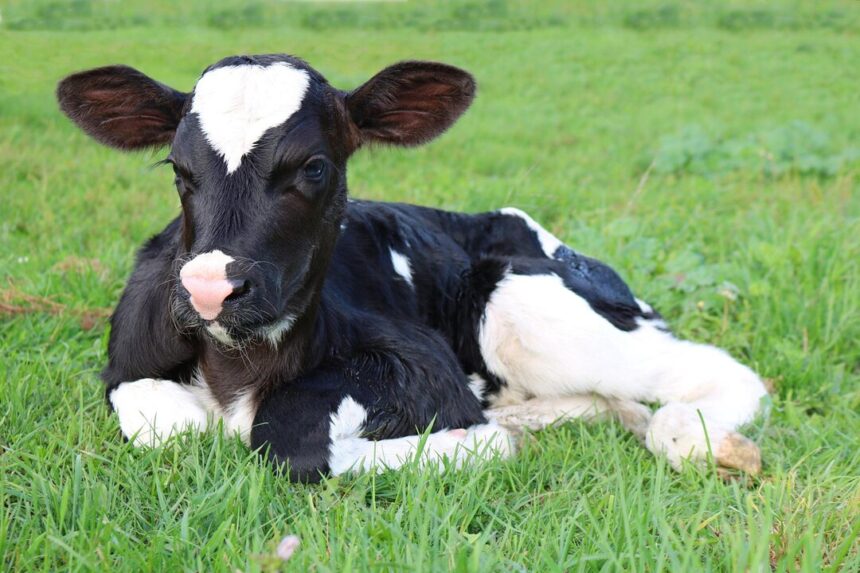Sanganer cattle, originating from India, have become a notable breed in South Africa due to their adaptability, resilience, and suitability for various agricultural practices. With their unique characteristics and versatility, Sanganer cattle have garnered attention from farmers and breeders alike. Whether you’re considering raising Sanganer cattle or seeking to expand your knowledge of this breed, here are 10 essential insights into breeding and farming Sanganer cattle in South Africa.
- Historical Background:
Sanganer cattle trace their origins to the Sanganer region of India, where they have been traditionally raised for their milk, meat, and draught capabilities. Their introduction to South Africa occurred during the colonial era, and they have since adapted well to local conditions. - Adaptability to Climate:
Sanganer cattle exhibit remarkable adaptability to diverse climatic conditions, making them well-suited to various regions of South Africa. They can thrive in both tropical and subtropical environments, enduring heat, humidity, and limited forage availability. - Dual-Purpose Characteristics:
Sanganer cattle are valued for their dual-purpose capabilities, excelling in both milk and meat production. They are known for their high milk yields, flavorful meat, and strong draught abilities, making them versatile for smallholder and commercial farming operations. - Draught Capabilities:
Sanganer cattle are renowned for their strength, endurance, and docile temperament, making them suitable for draught purposes. They are commonly used for plowing fields, transporting goods, and other agricultural tasks in rural areas. - Milk Production:
Sanganer cows are prolific milk producers, yielding substantial quantities of high-fat milk with excellent nutritional value. Their milk is sought after for its richness, making it ideal for dairy products such as ghee, yogurt, and paneer. - Breeding Objectives:
When breeding Sanganer cattle, farmers prioritize traits such as milk yield, meat quality, draught power, fertility, and adaptability. Selective breeding programs aim to enhance these desirable characteristics and improve overall herd performance. - Reproductive Efficiency:
Sanganer cattle are known for their high fertility rates and regular calving intervals, contributing to increased calf production and herd expansion. Proper management practices, including nutrition and breeding protocols, help optimize reproductive efficiency. - Grazing and Feeding Requirements:
Sanganer cattle are predominantly grazers, thriving on natural pastures and forage. However, they can also adapt to supplementary feeding regimes if necessary, depending on the availability of feed resources and farming practices. - Market Demand:
With the growing demand for locally produced, high-quality milk and meat products, there is a significant market opportunity for Sanganer cattle products. Farmers can capitalize on this demand by marketing their milk, meat, and draught services to consumers and businesses. - Economic Viability:
Breeding and farming Sanganer cattle can be economically viable for both small-scale and commercial farmers. Their dual-purpose capabilities, adaptability, and strong draught abilities contribute to their profitability and sustainability in diverse farming systems.
Breeding and farming Sanganer cattle offer numerous advantages, from their dual-purpose characteristics and adaptability to their strong draught capabilities and economic viability. By understanding these key insights into Sanganer cattle farming, farmers can make informed decisions to optimize their operations and contribute to the growth and development of the livestock industry in South Africa.
Join 'Farmers Mag' WhatsApp Channel
Get the latest Farming news and tips delivered straight to your WhatsApp
CLICK HERE TO JOIN






